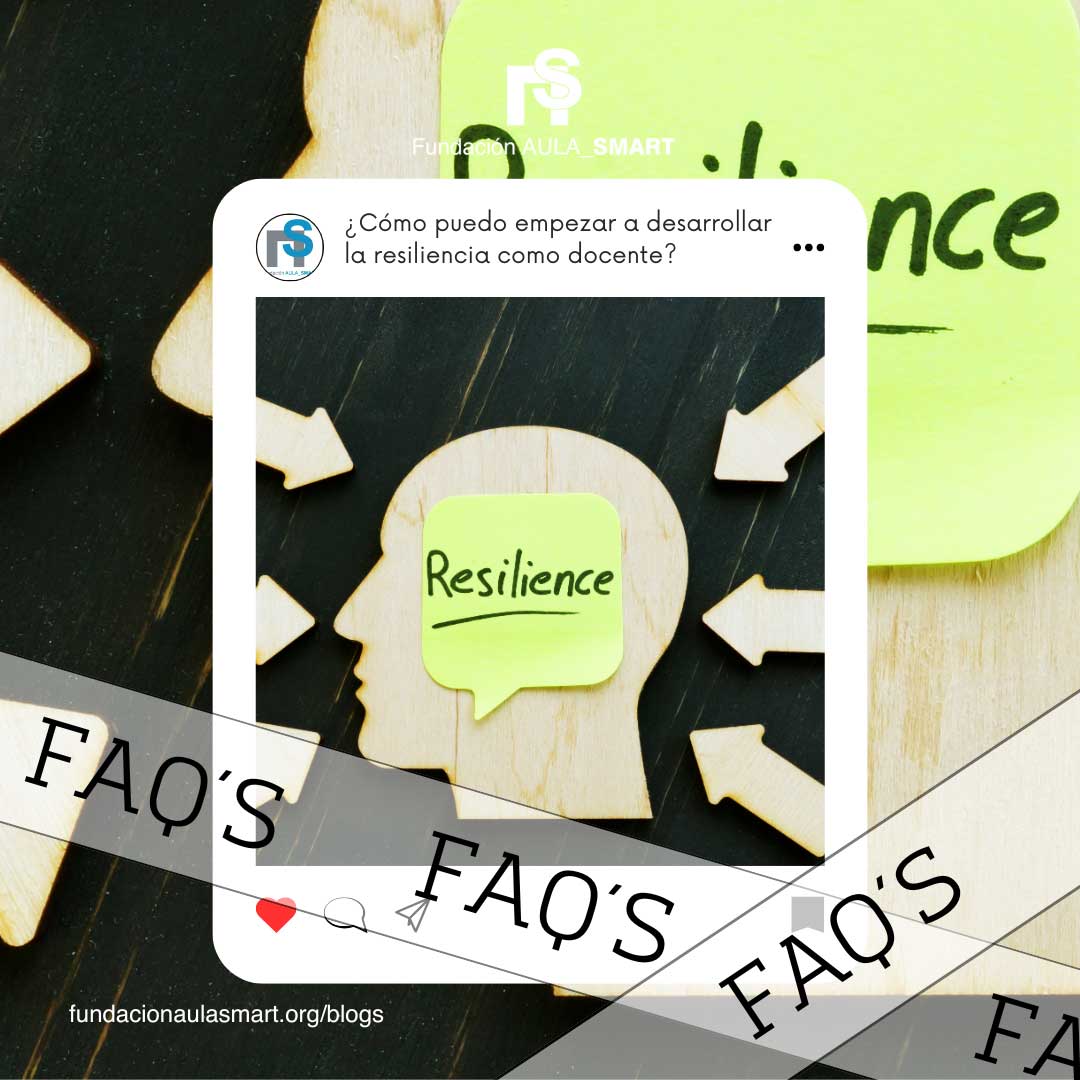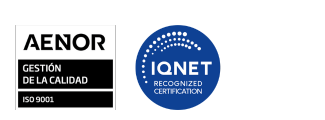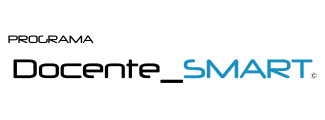The benefits of artificial intelligence in education
Artificial intelligence (AI) has ceased to be a technology of the future to become a daily tool that impacts various areas of our life, including education. In an increasingly digitized world, AI offers new possibilities to customize learning, optimize teachers' time and improve educational results. This article explores the main benefits that AI contributes to the educational field, both for students and teachers, and how its implementation is transforming classrooms.
1. Learning customization
One of the greatest advances that AI contributes to education is the ability to adapt the teaching contents and methods to the specific needs of each student. The educational platforms promoted by AI can analyze data on performance, learning style and individual rhythms of students to offer personalized content.
- Practical example: Tools such as smart tutoring systems allow students to receive real -time feedback and exercises adapted to their level of knowledge.
- Key benefit: Students advance at their own pace, which reduces frustration in those with difficulties and avoids boredom in those who need greater challenges.
2. Support for teachers
IA does not seek to replace teachers, but to facilitate their work. Through the automation of administrative tasks, such as exam qualification or report management, teachers can spend more time to pedagogical activities and individualized care of their students.
- Practical example: Platforms such as Google Classroom integrated with AI can automate the analysis of responses in forms.
- Key benefit: Less time dedicated to repetitive tasks allows teachers to focus on teaching and innovation in the classroom.
3. Accessibility and educational inclusion
IA also plays a fundamental role in the creation of more inclusive educational environments. Thanks to technologies such as voice attendees, automatic transcription and translators in real time, students with disabilities or who speak different languages can access educational materials without barriers.
- Practical example: Tools such as Microsoft Immersive Reader help students with dyslexia when presenting text in adapted formats.
- Key benefit: IA reduces access barriers to education, allowing more students to participate fully in the learning process.
4. Data analysis for decision making
The analysis of IA data allows educational institutions to identify trends, detect problematic areas and make informed decisions to improve the educational system as a whole.
- Practical example: Predictive analysis platforms can identify students at risk of school abandonment and alert teachers to take preventive measures.
- Key benefit: A more effective educational management, based on data, improves the quality of learning and reduces dropout rates.
5. Promotion of autonomous learning
IA encourages independence in students by providing access to educational resources 24 hours a day. With tools such as chatbots and virtual assistants, students can solve doubts and practice self -directedly.
- Practical example: Educational chatbots answer frequent questions and guide students in problem solving.
- Key benefit: Students develop self -management skills and reinforce their learning outside the classroom.
6. IMMERSITIVE SIMULATION AND LEARNING
The technologies of AI, in combination with virtual reality (VR) and augmented reality (AR), create immersive learning environments that allow students to experience concepts in a practical and visual way.
- Practical example: In science classes, students can explore the solar system or perform chemistry experiments in virtual environments.
- Key benefit: Simulation encourages deep understanding of abstract concepts and improves learning retention.
Conclusion
Artificial intelligence represents a significant change in the educational field, with tangible benefits for students, teachers and administrators. From the personalization of learning to the inclusion and improvement in educational management, AI is redefining the way we learn and teach. Its implementation requires ethical reflection and adequate training to make the most of its potential. By integrating AI responsible, educational institutions can move towards a more inclusive future, efficient and adapted to the needs of the 21st century.


















Leave a comment
All comments are moderated before being published.
This site is protected by hCaptcha and the hCaptcha Privacy Policy and Terms of Service apply.